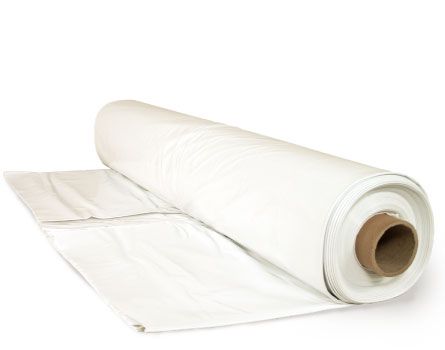
Many builders have stopped using polyethylene vapor retarders, not only because they are no longer viewed as a necessity in most climates, but also because poly has the potential to trap moisture in walls and ceilings. Air barriers are now viewed as much more important.
More from greenbuildingadvisor.com
Questions and Answers About Air Barriers
Forget About Vapor Diffusion — Stop the Air Leaks!
Air Leaks Waste Energy and Rot Houses
Getting Insulation Out of Your Walls and Ceilings
But a poster at GreenBuildingAdvisor’s Q&A forum wonders whether poly might make a good air barrier in a high-performance building he’s putting up. Minneapolis Disaster has read of successful uses of poly in well-insulated houses with extremely low rates of air infiltration. Plus, it comes in 12-ft. wide rolls that would be more convenient than housewrap, which comes in 10-ft. widths.
Minneapolis proposes to use a layer of poly on outside walls between plywood sheathing and a layer of polyisocyanurate foam insulation; in the ceiling, poly would fall between two layers of polyiso.
Is the plan risky?
That’s the subject of this week’s Q&A Spotlight.
Read the whole article at Green Building Advisor
Fine Homebuilding Recommended Products
Fine Homebuilding receives a commission for items purchased through links on this site, including Amazon Associates and other affiliate advertising programs.

8067 All-Weather Flashing Tape

Affordable IR Camera

Reliable Crimp Connectors




























View Comments
In planning my basement renovation the latest research I found that made sense was avoid poly in the basement walls. The wall needs to allow moisture to travel into the room from condensate or other minor occurance. here is the link,
http://www.eere.energy.gov/buildings/building_america/pdfs/db/35017.pdf
Poly in the basement should go between your masonry or concrete walls and your exterior wall framing. This prevents and moisture from getting to cellulose based materials which can promote mold growth.